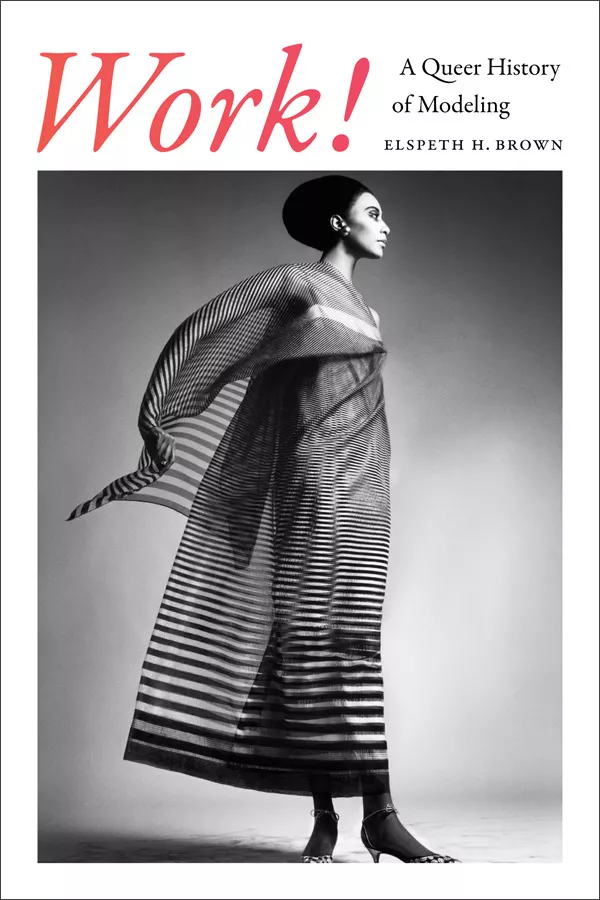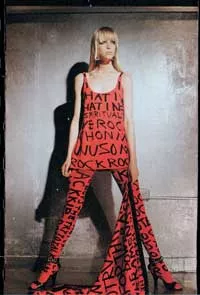
Work!: New book explores the queer history of modeling
A new book from historian Elspeth Brown turns a lens on the unexplored work of queer models and photographers in the twentieth century. Published in May 2019 by Duke University Press, Work! A Queer History of Modeling is the first historical analysis of the commercial modelling industry.
Work! begins and ends with the story of African-American model Tracey Norman, who became famous in the 1960s as the first Black model featured on Clairol’s nice ‘n easy hair colour packaging. Norman was shunned by the industry when she was outed as a transgender woman, but decades later was invited by Clairol to once again be the advertising face of the hair colour giant—a result of changing times and evolving corporate interests.
Brown, a professor of historical studies at U of T Mississauga, explores Norman’s story and more as she traces the rise of modelling from early twentieth century ‘live models’ and Ziegfeld Girls through to the queer culture influence on 1930s glamour and the Asian and African American models who broke the industry colour barrier in the 1960s and 1970s.
Brown draws upon her varied interests in the history of capitalism and labour, sexuality and race, and image making to show the queer history behind mainstream American visual culture, from a new angle. “Modelling is a part of twentieth-century culture that is hasn’t been understood as labour history. Art historians might not look at commercial culture; and women and gender studies scholars aren’t looking at modelling,” Brown says. “Models play a really critical role in producing the commercial longings that we have. It’s an emotion—an affect—that travels in relationship to the magazine page to make us want and buy things. Who does that physical labour?”
Brown turned to personal papers and oral histories, as well as trade publication archives. “The research was challenging because many of the models are not well known or are no longer household names,” she says. “The point of the model is to show up in front of the camera lens with the commodity. The star of the ad is the clothing item, or the refrigerator or the wig or whatever is for sale.”

Brown also turns her spotlight on the culture makers behind the images. “All of the photographers were queer and they knew each other,” she says. “They were an important network that helped to create a culture of interwar glamour. It’s about performativity, about queer people behind the scenes creating a production of a world that looks straight but isn’t, in a massive ‘don’t ask, don’t tell’ culture.” Brown notes the influence of photographer George Platt Lynes on 1930s glamour. “Lynes made beautiful nude male photographs and influenced Robert Mapplethorpe, but people don’t think about his role as a fashion photographer. He would use the same background and the same props for both his fashion and gay nude male photographs.”
Brown ends her survey in the early 1980s with Teri Toye, the industry’s first openly transgender model, whose androgynous look mixed edgy urban and pop esthetics co-created by photographer Steven Meisel and designer Stephen Sprouse. “It was a good place to stop,” Brown says, noting that the subsequent rise of the “supermodel” introduced major economic and power changes to the industry.
Work! is supported by the Social Science and Humanities Research Council of Canada; the Library of Congress’ Kluge Center; Duke University Special Collections; and the American Council of Learned Societies.
